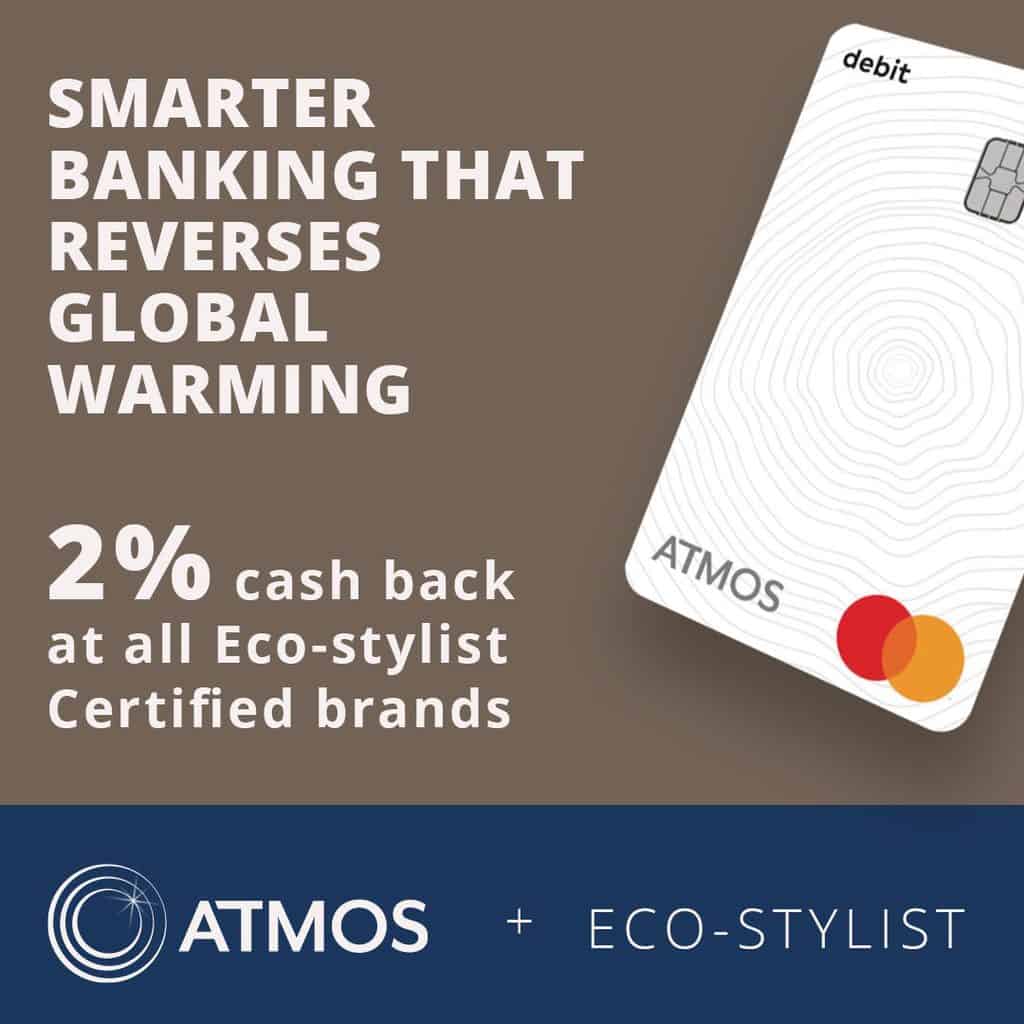
What is fast fashion?
Fast Fashion is a business model in which trendy styles are produced at increasingly higher speeds, in astronomical quantities, and in a disposable quality, for low prices. The model is promoted with the excuse of democratizing fashion and filling a consumer “need” to constantly buy new clothes, a “need” which was fabricated by fast fashion brands.
The reason you can find $12 USD pants at fast fashion brands like SHEIN is that they produce in bulk to get the costs down. Not only that, these giants usually haggle with factory owners to bring the prices further down, knowing they need their businesses to survive, which means they end up overworking their mostly female employees and paying them next to nothing in return.
This race to the bottom is what fast fashion rests upon. Its consequences are far-reaching for the people involved in their clothing production and for our planet. Negative impacts include worker harassment, diseases due to toxic chemical use, poverty, wage theft, increased green house gas emissions, biodiversity loss, and resource and soil depletion.
As you can see, fast fashion companies work under a system that has dire social and environmental impacts. Let’s dig in.
How does fast fashion affect people?
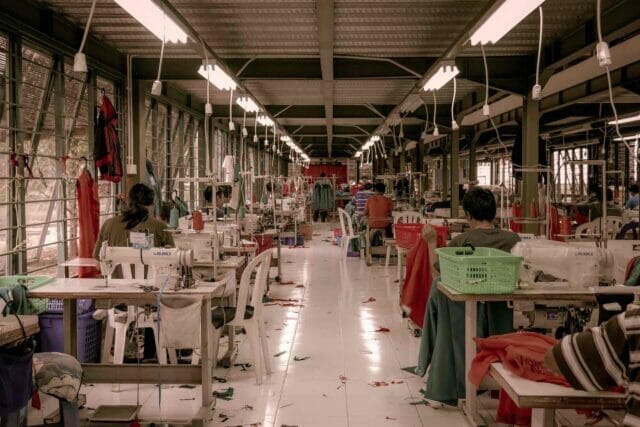
It is no secret that fast fashion is a model built on the backs of exploited workers, 80% of which are women according to ILO. The majority of the women who are part of fashion supply chains are located outside the US and Europe, mostly in the global south where regulations and wages are far below what is considered dignified or livable.
These people are not only paid low wages but are also subjected to unhealthy labor conditions, excessive working hours, and sexual harassment. It is also proven that fashion contributes to modern slavery, child labor, and forced labor.
Since the 2013 Rana Plaza tragedy, where more than a thousand garment workers died in a tragic building collapse, some progress has been made, but not nearly enough. Especially in fast fashion brands, which seem to be making progress in other environmental areas, without actually addressing the issues their negative impact brings upon the people who make their clothes and the shoppers who become complicit in this unfair system.
Unfair wages and wage theft
With the high quantities of clothing production needed to feed the ultra-fast fashion beast, the oversupply results in production costs lowering which means employees end up getting paid less. In fact, they earn only 4% of an item’s retail price. This means that if you buy a t-shirt for $20.00 USD, a maker would receive anywhere from 0.12 USD to 0.80 USD per t-shirt they make.
In November of 2021, workers in Bangladesh had been earning a monthly average of 11.400 takas which is around $108 USD, or in other words living on $4 USD per day. Can you imagine having to clothe, feed, and shelter yourself and your family with $4 USD a day?
Additionally, there is a gap between what a living wage should be and the wages of the industry of two to five times, according to Labour Behind the Label. A living wage is what an individual should earn in a work week of no more than 48 hours, in order to live a decent life.
This means being able to afford housing, healthcare, clothing, transportation, emergency funds, education, and savings for things other than emergencies. In fact, approximately 98% of garment workers around the world do not earn a living wage, according to the Lowest Wage Challenge.
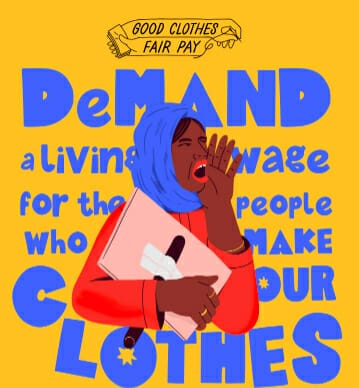
Undignified and unsafe working conditions
Unsafe labor practices in fashion companies’ supply chains are not new. They are actually baked into the very nature of the industry. Something which can be seen in accidents that go way back, one of which was New York’s Triangle Shirtwaist Factory fire.
The factory was built with doors that were narrow in order to search every employee for stolen raw materials or tools. The stairways as well as the doors were locked so that the employees would not take breaks. The fire started and spread quickly because the facilities were filled with cotton textiles. On that day of 1911, 146 people died; 123 were women and 23 were men.
It would be amazing if these labor conditions were a thing of the past, but they are not. Fashion is one of the biggest slavery agents, as shown by the Global Slavery Index, which warns that countries most at risk of this behavior are China, India, Vietnam, Thailand, Malaysia, Brazil, and Argentina. In terms of excessive working hours, employees have been found to work for 11 to 18 hours a day at two cut-and-sew suppliers of SHEIN by an investigation done by Channel 4.
People are also subjected to harassment which can take many forms, including verbal harassment, unwanted physical contact, and assault for not meeting quotas, or firing for being pregnant. 1 in 10 women has experienced sexual harassment, molestation, or assault, as revealed in a survey of 181 workers in Dhaka, done by Action Aid UK.
Women like Shopna or Parul testify “that one day something ‘indecent’ happened while most other workers were out for lunch” or “They grope and push us when we are unable to meet the production target… They also swear a lot.” These women want to make sure that we know our clothes were made by sacrificing their blood, sweat, and dignity. Can we keep buying fast fashion, knowing that it was made like that?
How does fast fashion affect your mental health?

The negative impacts of fast fashion overconsumption have reached record levels. We have more clothes than ever before and we wear them half as much.
We are being seduced by the infinite cycle of trendy styles, enabled by the speed of changing content on platforms like TikTok. Low-rise jeans might be all the craze today, but they can be outshined in a matter of weeks by printed ones.
This overconsumption is led by fast fashion retailers’ low prices and capacity to quickly mimic those micro trends, enabling infinite choices, something we *think* makes us happy. But science shows that these infinite choices are actually bad for our mental health.
They paralyze us or leave us feeling dissatisfied no matter what we choose. By committing to buying less, buying higher quality sustainable fashion, and taking care of them, we not only honor people and the planet, but we can also improve our own happiness. You can read more about how fast fashion affects happiness in our article.
What about cultural appropriation and copied designs?
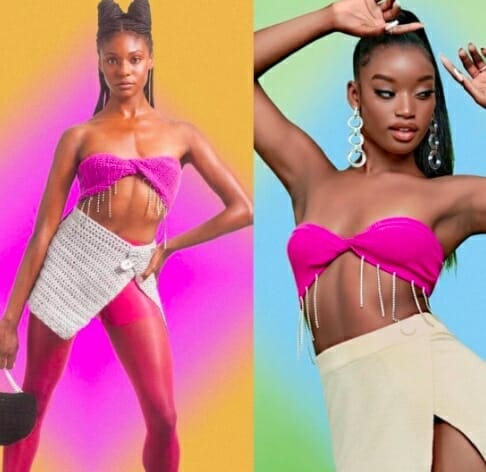
One of the things that got fast fashion on the map was that you could wear things that you saw on the runway for very cheap. Stay in vogue without breaking the bank. But this is not fair to the designers that put their blood, sweat, and tears into making those designs in the first place.
Even worse, is the blatant cultural appropriation that brands like Zara have been accused of. The Mexican cultural minister, Alejandra Frausto has asked the brand to explain on what grounds they are given permission to take the collective property of the Mixteca population of Oaxaca. They used patterns very closely resembling huipil traditional garments that usually take a month to make and reflect the communities’ ancestral symbols, tradition, and worldview.
Inditex excused themselves saying that the design was not intentionally borrowed or influenced by the craft of Mixtec people. SHEIN has also been accused of making a huipil blouse, which is made by various Mayan communities of Yucatan, Campeche, and Quintana Roo. This blouse was listed on the site for less than 7 euros. Shein at least ended up removing the garment from their site, but still blamed their suppliers for the plagiarism.
This is a very delicate issue that high-end brands have also been incurring for a long time and it is another facet of fashion’s colonialism. How brands from the Global North not only extract resources and labor for cheap from traditionally pillaged countries that are in fact rich in coveted resources, but they also steal their artistic creativity. Steal is the correct term here because there is no monetary retribution or moral authorship being attributed to the artisanal communities, whose design was copied for the profit of the brands.
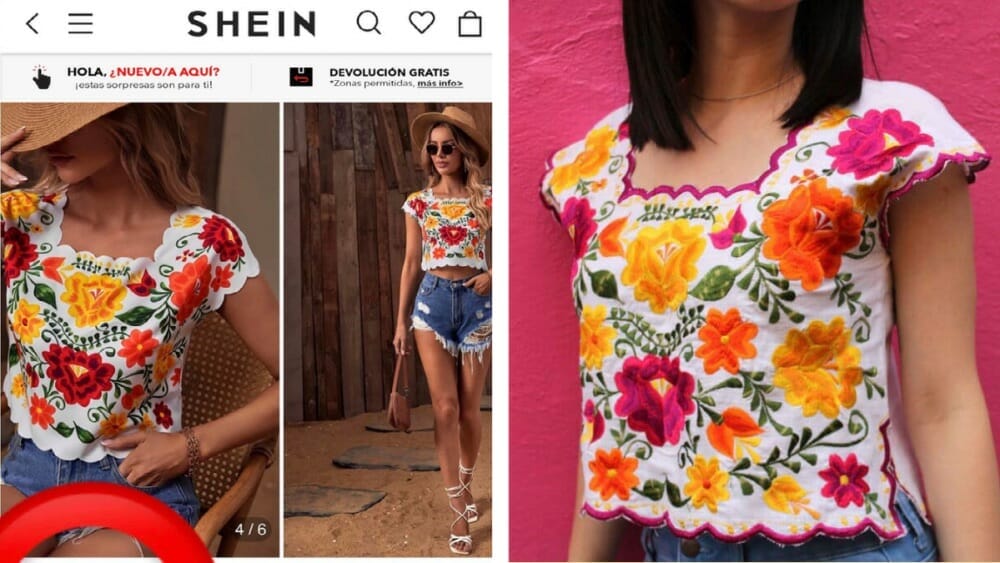
What is the environmental impact of fast fashion?
The fashion industry is responsible for 4-8% of Global Greenhouse Gas Emissions, which contribute to climate change. Additionally, 63% of clothing items are made from synthetic fibers like polyester or nylon, used to produce those stretchy leggings or jeans we love so much. These fabrics are plastics made from fossil fuels, one of the largest polluters of our ecosystems both in their production and end of life.
It takes approximately 70 million barrels of oil a year to produce the synthetic fast fashion items we wear. And 35% of the world’s ocean microplastics comes from the laundering of these synthetics.

Regarding primary raw materials and water usage, in the EU, producing new clothes and footwear goods is the fourth most resource-intensive category after food, transport, and housing. A fifth of the industrial water pollution is actually done by manufacturing’s washing, solvents, and dyes, which have even appeared in vegetables and fruits.
92% of that water and 85% of those raw materials are actually extracted from other regions of the world that are traditionally pillaged countries. These countries happen to be, as Aja Barber explains in her book, resource and labor rich.
The depletion of natural raw materials done by the fashion sector in this sense acts in a colonial manner. It is not a coincidence that Columbus himself spoke of the natural wonders of America in his diaries and letters to the Queen, to let her know there were ‘riches’ there to take over and earn her a return on her investment. Likewise, the fashion industry extricates natural resources from the global south for the global north to consume and make a profit from.
Deforestation and soil depletion have been linked to the production of fibers like viscose or cattle, illegal cattle ranching for meat and leather production, as well as pesticide-intensive crops like cotton. This harms ecosystems and endangers biodiversity. According to McKinsey, the stages that most impact this are “raw-material production, material preparation and processing, and end of life.”
All of these impacts on the environment are accelerated by ultra-fast fashion retailers because they produce a massive amount of new styles quickly, based on new trends, which are mostly made from fabrics derived from fossil fuels. This business model consumes an unreasonable amount of natural resources in order to feed the micro-trends cycle.
It also generates a lot of water waste, chemical and landfill waste, as well as loss of biodiversity and soil health. For example, 60% of SHEIN’s women’s clothes are made from Polyester.
Fast fashion mass production and overconsumption

In an interview about her book Consumed, fashion expert Aja Barber said that every year the fashion industry creates 100 billion new items. This is the consequence of the speed-up production cycle that came with the rise of fast fashion, something that has been going on since the 1990s. Indeed, since the year 2000, clothing production has doubled and the number of times each item is worn has decreased by 36%, according to the Ellen MacArthur Foundation.
This scaled-up business model is based on producing trendy clothes that we as consumers are encouraged to buy, wear and discard weekly. As such, the fast fashion model has increased consumer demand, because it changed the way we value clothes: turning them from precious items that could be passed down into the latest shiny objects that signal that we are part of the latest TikTok craze.
Women in the UK consider items worn once or twice to be old and consumers in the US bought one mid priced item weekly. America is the biggest consumer of fast fashion after China, and it is not the ‘poor’ people who are overconsuming fast fashion. It has been shown that the biggest fashion consumers are high earning countries and within those, it is the top earners that are responsible for 40% of fashion consumption CO2 emissions.
This average fast fashion consumer buys 68 items a year, driven by the need to belong, to signal social status, or to fill a psychological void. We also get a dopamine hit from the shopping experience of constantly “chasing the new”, according to Brittany Sierra in her consumer insight series.
Fast fashion and textile waste
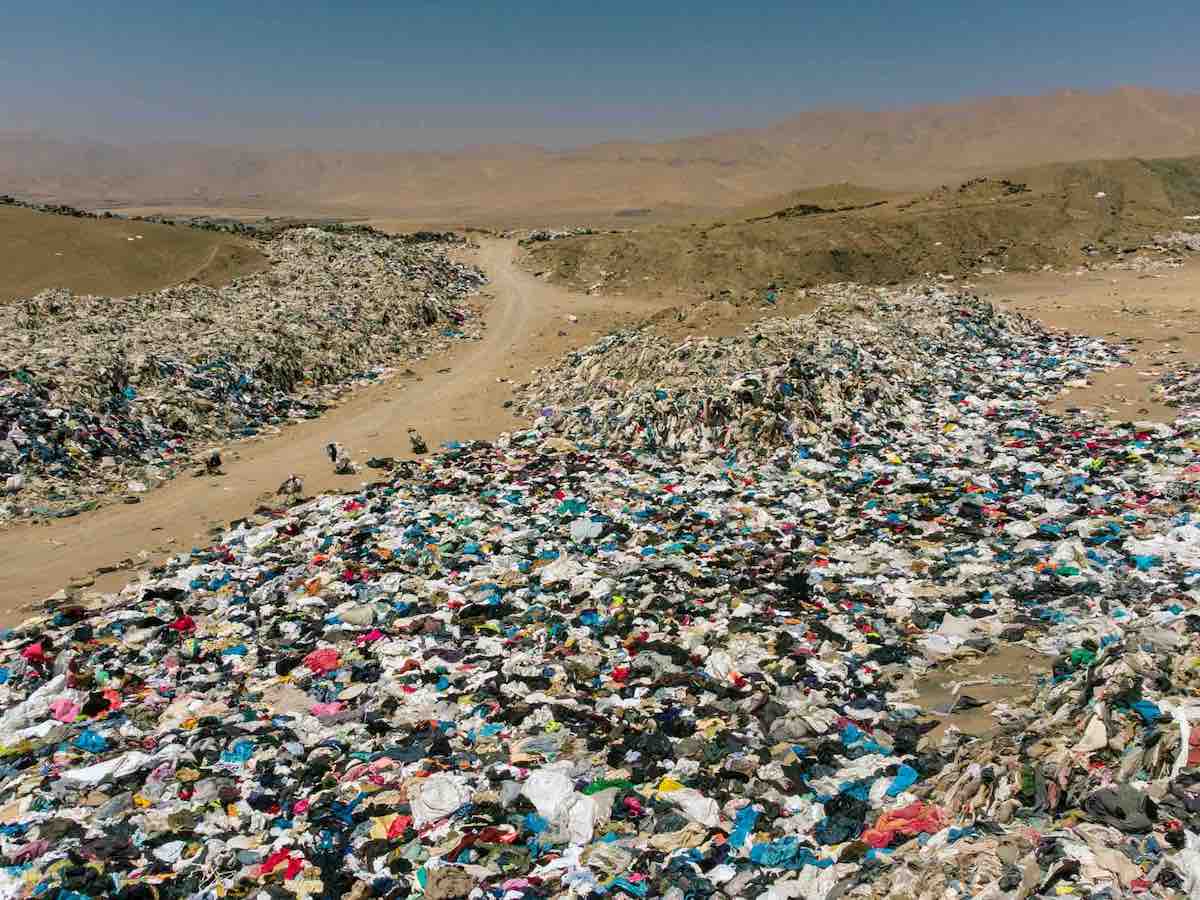
Excessive textile production and consumption are not sustainable. Three out of every five fashion item ends up in a landfill, according to the Clean Clothes campaign. Today, clothes are seen as disposable and are often donated, where even then, they ultimately end up in a landfill or incinerated.
In Aja Barber’s book, Consumed, this is wonderfully explained by her and Liz, founder of the OR foundation: About 10-20% of what is donated actually gets sold, and what isn’t sold ends up in the Global South in places like Kantamanto, Ghana or the Atacama desert in Chile. Kantamanto, for example, receives as much as 15 million garments, much of which is not wearable because the balls that make up the donated bulk are made mostly of cheap fast fashion clothes.
This not only affects the people that sort and upcycle the clothing for very little money, but it also diminishes the local design and fashion industry, because the imported “white man’s clothes” are deemed more status worthy than local craftsmanship. This textile waste is one of the problems with fast fashion that is exported elsewhere.
Governments in countries like Ghana spend millions of dollars cleaning up their lands from this solid waste, and some have even ended up being ground that impoverished people have put shelter upon. The US alone is responsible for making 81 pounds of clothing waste per person per year, that ends up in places like Ghana.
Some retailers like H&M, Zara, and even SHEIN now are aiming to recycle or resale their clothes in an attempt to be more sustainable. However, they are really just turning the problem that they created into a new way for them to profit, and trying to sell it back to us. Meanwhile, fast fashion brands are not addressing the other issues that stem from the scale at which they produce.
How toxic is fast fashion for your health?

When Britney Spears came out with Toxic back in the 00s and sang “you are toxic, intoxicate me now” she may not have been referring to our clothes, but she might as well have been. Our skin is the first barrier we have to protect us from the outside world, it is our first home. Its open pores are easy targets for the chemicals sometimes used to make our clothing.
Chemicals like lead, phthalates, PFAs, or brominated flame retardants. These substances not only affect our skin, but they are also responsible for water pollution in countries of the global south, where clothes are usually made. And they may end up recirculated in second-hand clothing or recycled fibers.
In 2021, Marketplace from the BBC actually found lead, PFAS, and phthalates in 38 pieces from SHEIN, AliExpress, and Zaful, including kids clothing. Lead is a low-cost alternative in dyes and colorants that can accumulate in the body over time and cause damage to the nervous system, the heart, the kidneys, and the reproductive system.
They also found PFAS or forever chemicals, used to make clothes waterproof or stain resistant, in Ali Express raincoats. These chemicals do not break down in the environment and are not flushed by the body. They are known to have endocrine consequences, affect the liver and reproductive hormones, and have been linked to different types of cancer and diabetes. Phthalates, on the other hand, used as ink and plastic softeners, were found in both Zaful and SHEIN’s clothing, which are associated with early death due to heart disease.
In November of this year, Greenpeace published a report on SHEIN’s chemical use and business model. Greenpeace kept finding the chemicals mentioned above, despite SHEIN having said that it was going to look into it. They bought 47 items in total and found that the brand was breaking EU environmental regulations on chemicals and risking the lives of workers and shoppers by using hazardous chemicals in excess quantities in 15% of the garments they acquired.
Fast fashion facts
- People buy 60% more clothes than they did in 2000, but each item is kept only half as long
- Billions of clothes are manufactured each year and over half are thrown away
- The fashion industry employs millions of people around the world but only 2% of clothing makers earn a living wage
- 60% of new clothes are made from fossil fuels (synthetic fabrics like polyester)
- More facts
Is fast fashion sustainable?
No. If it wasn’t clear from all of the above, fast fashion is inherently unsustainable and we can’t recommend supporting any fast fashion brands.
What can you do about it? Sustainable alternatives to fast fashion

Develop a closer relationship with the clothes you already own
- Make it fun and playful. Look for different ways you can wear your favorite pieces and see if there are combinations you can make with the ones forgotten in the back, asking for attention.
- Swap with your friends, and make it an afternoon of chatting, good food, and trying on their pre-loved clothes.
- Find out how to best care for your garments. Wash them less often and learn the proper ways to launder them. Yes, even the ones you got from fast-fashion clothing brands: if you make them last the resources and work that went into them aren’t wasted.
- Learn how to repair your garments: embroider them, mend them, or transform them by cutting and patching them up. Not into DIY? You can pay your local seamstress, tailor, or cobbler to repair your clothes and shoes.
Buy less, but buy better
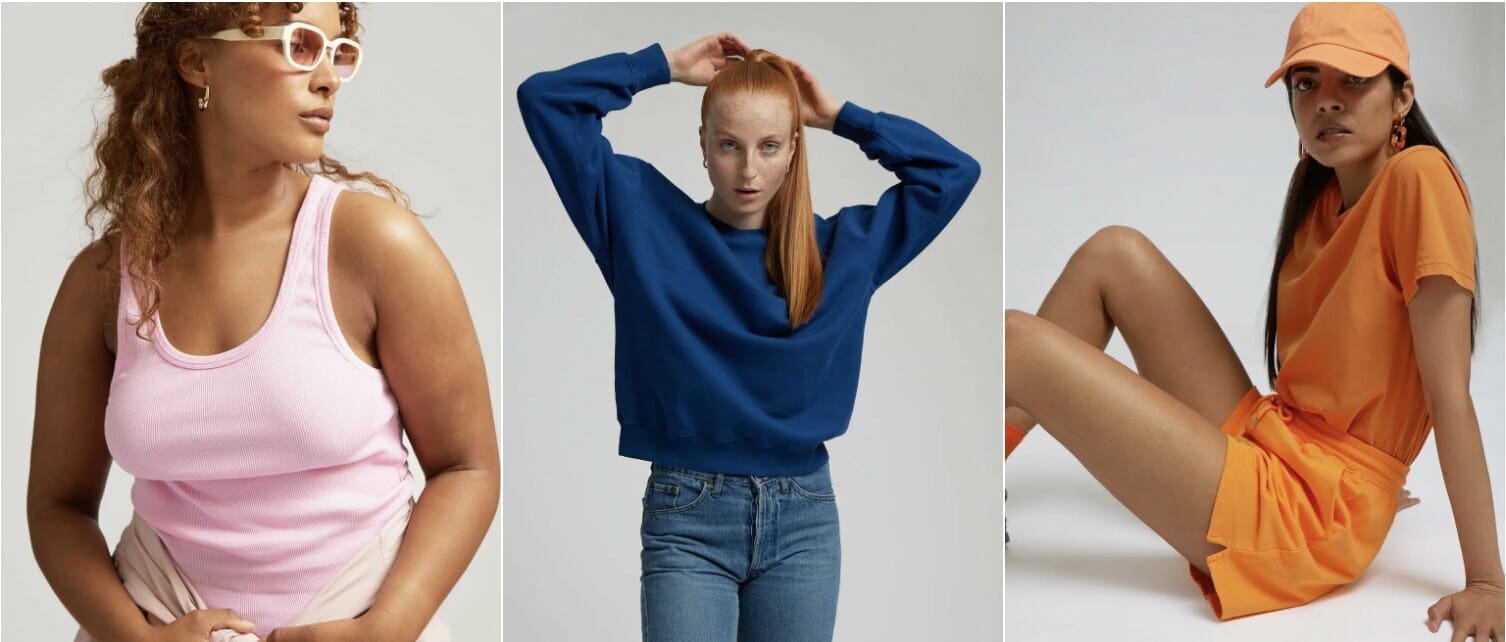
There are brands doing great work to ensure people and the planet are taken care of, whilst making clothes we can feel and look great in. Brands that pay living wages, that offer benefits, healthcare, and pensions, that uphold the right to form unions and actually give back to the community.
There are eco-friendly fashion alternatives that also consider using less virgin materials or choosing regenerative natural ones, as well as biosynthetic fabrics like mushroom leather or spider silk. And there are also ethical fashion brands that are turning things around from the business perspective, doing made-to-order, slow-fashion, and core collections.
We know it is hard to go through the weeds of green and woke washing unethical fashion brands, which is why we made a sustainable fashion directory and a curated shop. All you have to do is find those pants or shoes you are looking for with the tranquility that you’d be doing good while looking good.
Sustainable fashion resources
- Ethical Brand Guide
- Shop 1200+ Sustainable Fashion Items
- A Guide to the Most Affordable Alternatives to Fast Fashion
Activism: support laws and slow fashion organizations
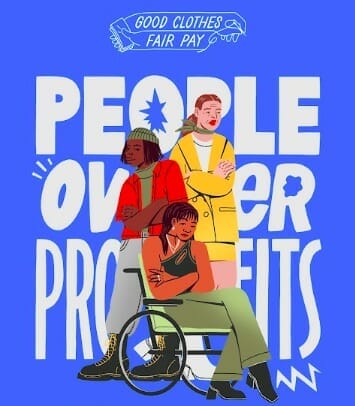
You do not need to buy anything to be a part of the change. In fact, you can do it by supporting movements like Fashion Revolution and their campaign Good clothes, fair pay, which asks the European Commission to make legislation that requires companies to do their due diligence regarding living wages.
You can also support legislation in the US like the Fashion Act and the Fabric Act which we talk about extensively in this article. You can also support PayUp, the organization responsible for getting companies to pay the factory workers for the orders already made during the pandemic, which keeps working towards their well-being by asking brands to pay living wages, go transparent, give workers center stage, and help pass laws.
Or you can donate to the Slow Factory, a climate school, innovation hub, and materials laboratory working towards bringing forth a fair fashion industry.
How do you take a stand against fast fashion and support a more equitable and sustainable fashion industry?

Adela is a Colombian storyteller, content maker, strategy consultant, & event producer, specializing in sustainable fashion, mental health, and gender issues.





